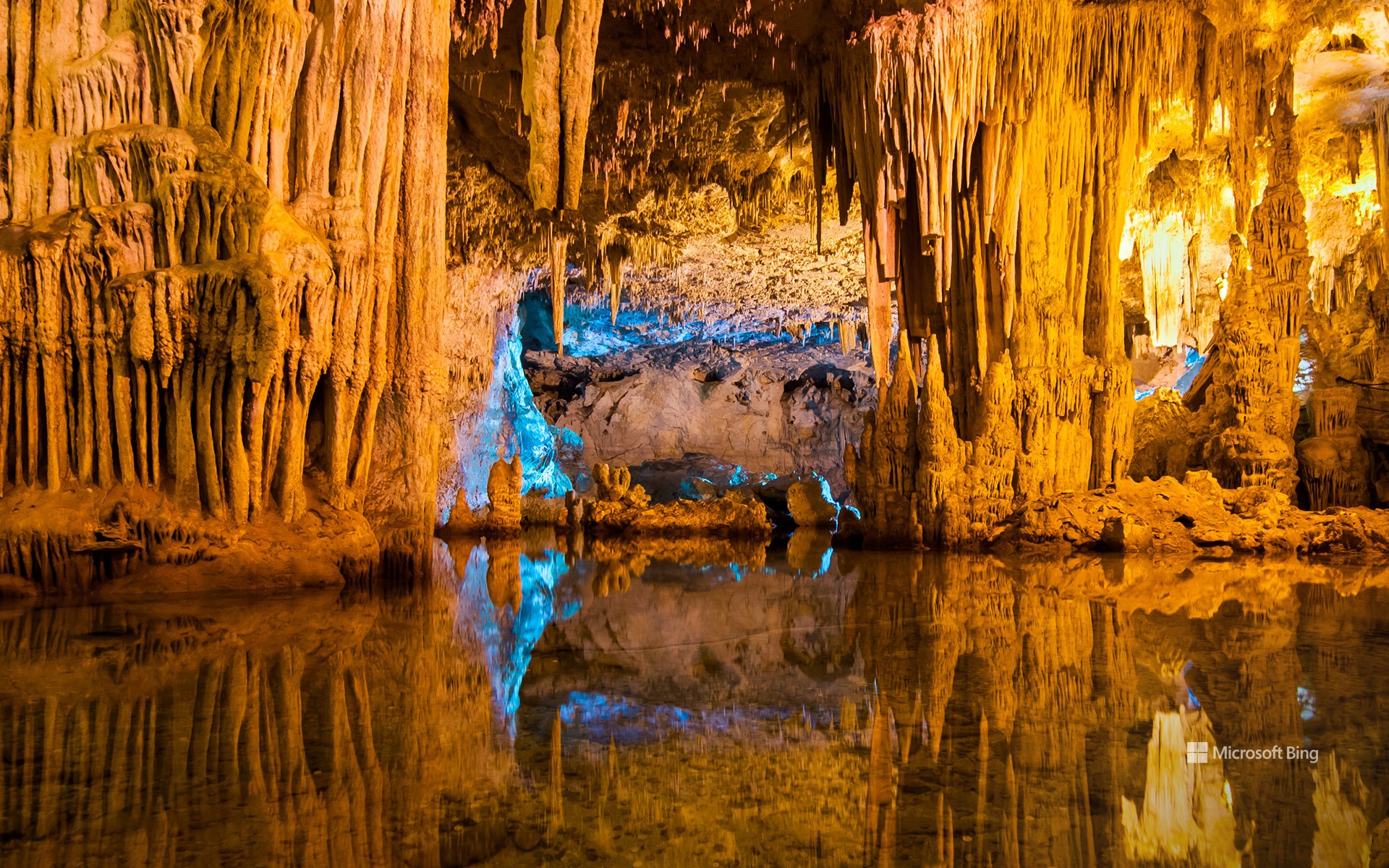云冈石窟,大同,山西省,中国 Yungang Grottoes, Datong, Shanxi province, China (© Eric Yang/Getty Images)

云冈石窟,大同,山西省,中国 Yungang Grottoes, Datong, Shanxi province, China (© Eric Yang/Getty Images)
历史的守望之眼 The watchful eyes of history
云冈石窟,大同,中国
云冈石窟中汇聚了51,000尊古代雕像,这座早期佛教艺术杰作位于中国山西省大同市附近。石窟开凿于1500多年前的北魏时期(公元386-534/535年),现存主要洞窟45个,附属洞窟209个。最引人注目的是第5窟中的巨大佛像,高达56英尺,令人叹为观止。这只是冰山一角,每个洞窟都展现其独特魅力。有些洞窟宛如古代画卷,描绘佛教经典故事;另一些则展示僧侣、神祇、乐师,甚至北魏时期的日常生活场景。
第16至20窟被称为‘昙曜五窟’,是云冈石窟最早开凿的洞窟,由高僧昙曜主持修建。游览时,千万不要错过第20窟中呈冥想姿态的露天大佛,其旁还有一尊站立的侍佛像。这些洞窟融合了印度、中亚及中国本土佛教艺术风格,呈现出文化交融的壮丽奇观。无论是历史爱好者还是艺术鉴赏家,云冈石窟都将带来一次难忘的体验。
Yungang Grottoes, Shanxi, China
What do 51,000 ancient statues have in common? They all call the Yungang Grottoes in China home! This collection of early Buddhist art is near Datong in Shanxi province, northeastern China. Carved into sandstone cliffs over 1,500 years ago during the Northern Wei dynasty, the grottoes comprise 254 caves. The highlight is the massive Buddha in Cave 5, which is a jaw-dropping 56 feet tall. But don't stop there—each cave offers something unique. Some are like ancient storyboards, depicting tales from Buddhist scriptures, while others showcase detailed carvings of monks, deities, musicians, and even scenes of daily life under Wei rule. These caves blend influences from Indian, Central Asian, and local Chinese Buddhist art. Whether you're a history lover or simply appreciate unique art, the Yungang Grottoes offer an unforgettable experience.
海王星石窟,撒丁岛, 意大利 Neptune's Grotto, Sardinia, Italy (© Carlo Murenu/Getty Images)

海王星石窟,撒丁岛, 意大利 Neptune's Grotto, Sardinia, Italy (© Carlo Murenu/Getty Images)
一座适合神居住的石窟 A grotto fit for a god
海王星石窟,撒丁岛,意大利
沿着654级台阶俯瞰撒丁岛海面,令人惊叹的景象尽收眼底。海王星石窟是一座距海平面仅约3英尺的钟乳石洞穴。这座洞穴由当地渔民在18世纪首次发现,以罗马海神尼普顿命名。整个洞穴系统全长约4023米,游客可进入的区域仅约304.8米。洞内有迷宫般的小径,灯光照亮蜿蜒穿过钟乳石与石笋的路径,最终通向一个约119米长的咸水湖。
海王星石窟位于地中海第二大岛撒丁岛西北海岸的阿尔盖罗镇附近。撒丁岛的历史可追溯至1万年前,努拉吉是最重要的古代文明,努拉吉人在公元前1800年至公元2世纪期间生活于此。当时,村庄围绕着一种称为努拉吉塔的圆形塔楼要塞建造。如今,岛上保存着约7,000座努拉吉塔,已成为撒丁岛的象征。除了丰富的历史遗迹,撒丁岛还以其原始的海滩、崎岖的山脉和美味佳肴而闻名于世。
Neptune's Grotto, Sardinia, Italy
Down 654 steps, perched perilously over the sea in Sardinia, Italy, you'll find a surprise waiting for you. Neptune's Grotto is a stunning stalactite cave that sits just over 3 feet above sea level. First discovered by local fishermen in the 18th century, the grotto was named after the Roman god of the sea. The entire cave complex stretches on for around 2.5 miles, although visitors can only access about 1,000 feet of the total. Inside, there's a labyrinth of lit pathways winding past stalactite and stalagmite formations, leading to a 390-foot-long saltwater lake.
Neptune's Grotto is near the town of Alghero on the northwest coast of Sardinia, the second-largest island in the Mediterranean. It has been inhabited for at least 10,000 years, but its most important ancient civilization, the Nuragic peoples, lived there from around 1800 BCE until the 2nd century CE. At this time, villages were built around nuraghes, a kind of round tower fortress. Today, there are still around 7,000 of these nuraghes across the island, and they have become a symbol of Sardinia. Beyond its history, Sardinia is known for its beaches, mountains, and cuisine.